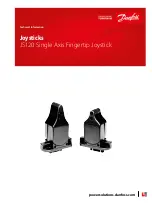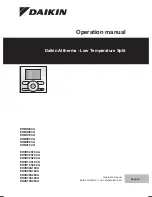
InteliLite4 AMF20 Global Guide
141
. When the phases are connected in different order (e.g. L1,L3,L2 or L2,L1,L3) the
following alarms are detected:
ALI Gen Ph Rotation Opposite (page 549)
ALI Mains Ph Rotation Opposite (page 550)
5.5.16 Load shedding
The Load shedding is the controlled disconnection of less important load groups (circuits) when the object
consumption is too high.
Load shedding stages
The Load Shedding function consists of 2 stages which are numbered 1-2. Stages are disconnected in
ascending order up to the last configured stage. Reconnecting of stages is in descending order and starts
with higher configured stage. A stage is considered configured when the respective Load Shedding Output is
configured. Highest activated load shedding stage is stored in value
Load Shedding Status (page 418)
.
Stage
LBO
Stage 1
Stage 2
Load shedding outputs
How the Load shedding controls the Load shedding outputs
The load shedding function is active in all controller modes except OFF.
Load shedding has 2 steps and each step is linked with its own binary output,
,
.
The Load shedding outputs can be activated one by one in the order 1, 2. The conditions for activation are
defined by setpoints
Load Shedding Level (page 284)
and
Load Shedding Delay (page 285)
.
The Load shedding outputs are deactivated one by one according to the conditions given by the setpoints
Load Reconnection Level (page 285)
,
Load Reconnection Delay (page 286)
.
If manual reconnection of the load is desired the
Auto Load Reconnection (page 286)
setpoint must be
disabled and the
digital input must be configured.
Image 5.34 Load shedding















































